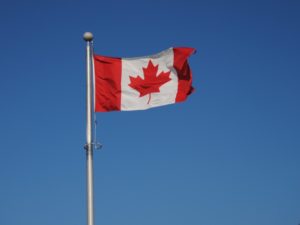I know: voting is a very dry topic that your uncle bugs you about at Thanksgiving dinner once a year. In addition to being incredibly dull, voting can also be very confusing and quite frustrating.
With the federal election just behind us, I’m going to try to simplify the voting process in the hopes that we’ll all once and for all know what’s going on next time around (and, if nothing else, you can escape your uncle’s monologue next time you see him).

Currently, Canada operates on a first-past-the-post system. The issue with this system is that a candidate can win an election even if they don’t have a majority of the votes. Therefore, this voting system could elect a party that may not be wanted by the majority of Canadians. People are trying to vote strategically to stop this from happening. This is a voting method where voters look at pre-election polls for their area to determine which parties are most likely to win. Then people will vote for either of the two parties that are projected to have the most votes, depending on which party best reflects their views. As a result, people don’t waste votes voting for a party that will not even win. They make it so that the candidate who wins aligns with the most people’s views.
By voting, people are making a point of saying what should happen with the future of Canada. Many people around the world don’t have this opportunity, or if they do, they vote out of necessity, hoping to improve their lives. People are very privileged in the west to have the right to vote as part of a democracy and to trust that no matter what happens in elections, everything will be all right in the end.
This fall, the Camosun College Student Society has been involved in a campaign called Get out the Vote, highlighting the importance of the youth vote. The 2015 federal election had a voter turnout of about 58 percent among people aged 18 to 24.
This—surprisingly—was better than in previous years, but young people are still not yelling loud enough to have their voices heard. Paradoxically, the age group that traditionally has the highest voter participation are the 65-to-70-year-olds, yet this is the group that will be least affected by the future of the country.
So I urge you to always vote and make your voice heard. With the political climate being what it is these days, it’s more important than ever that students and young people get out and vote.
